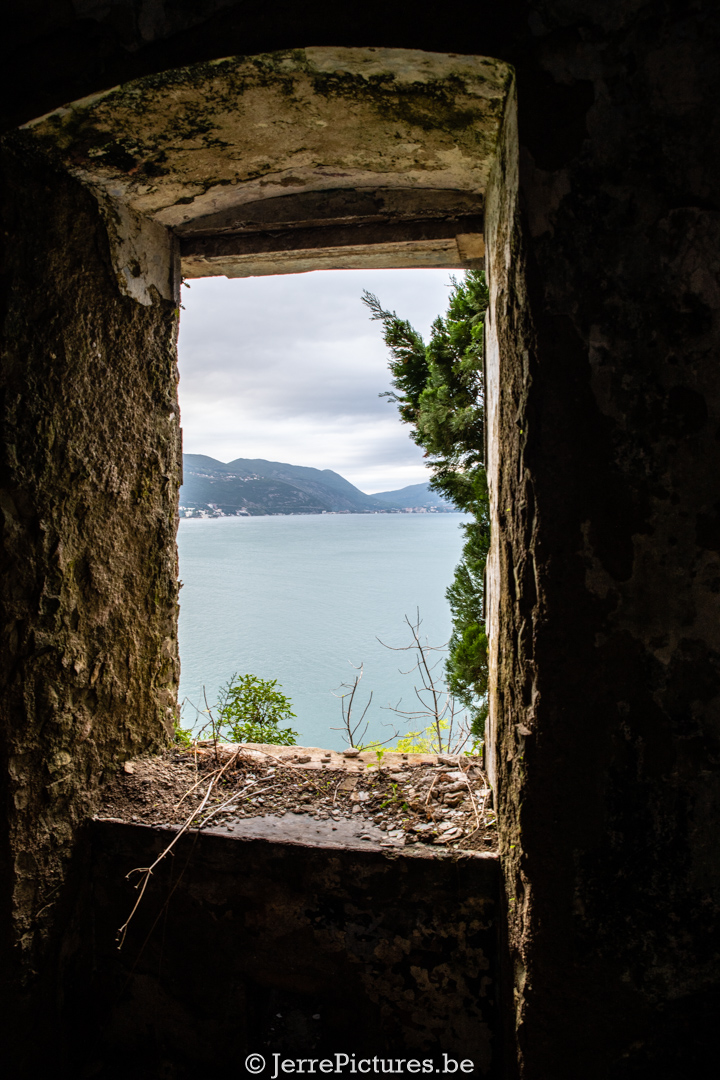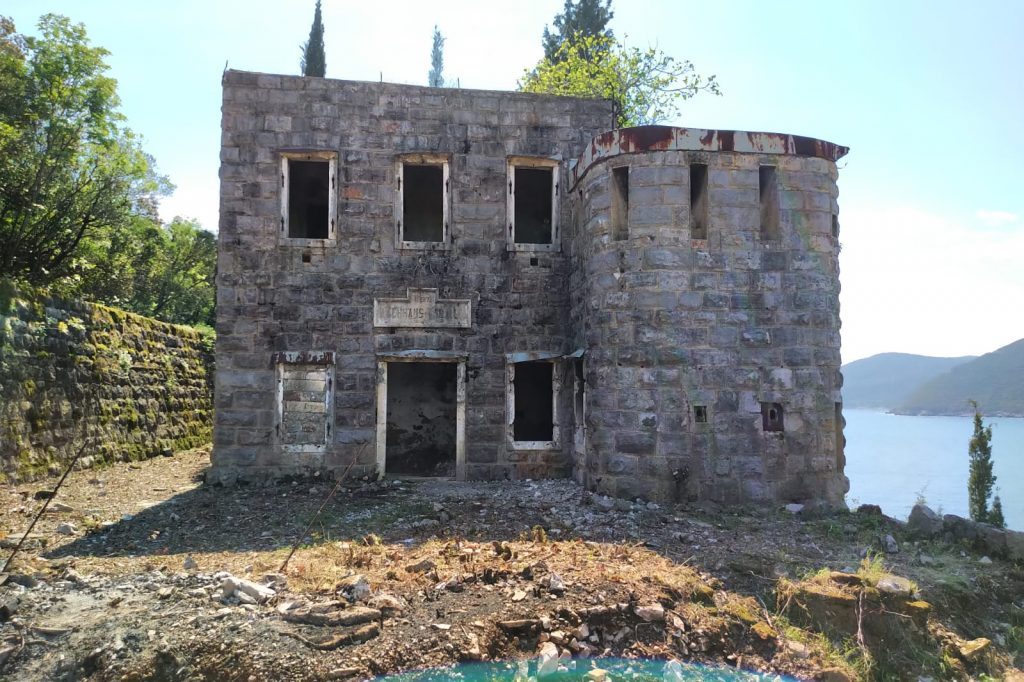Genesteld aan de prachtige kustlijn van Montenegro ligt een juweel van de Balkan. Met zijn kristalheldere wateren, levendige cultuur en ideale ligging is het geen wonder dat toerisme een belangrijke drijfveer is voor de lokale economie. Om echter echt te profiteren van het potentieel van dit paradijs, zijn investeringen in de toeristische sector cruciaal.
Helaas schieten politici tekort in het effectief richten van deze investeringen, ondanks de aanwezigheid van een aanbestedingscommissie die belast is met het toezicht op het proces. (zie bronnen hieronder in mijn blog) Toch is er nieuws dat de aandacht trekt: verschillende bronnen melden dat staatsgrond op de ‘Kabbalah’-locatie voor een periode van 30 jaar is verhuurd. Deze informatie werpt nieuw licht op de toekomst van Montenegro en kan nieuwe kansen bieden voor toeristische ontwikkeling.
Door de groei van het toerisme worden waardevolle culturele en historische erfgoedsites ook vernietigd. Dit betreft met name oude gebouwen uit het Oostenrijks-Hongaarse Rijk, zoals bunkers en forten. Deze gebouwen zijn belangrijk voor de geschiedenis van Montenegro, maar worden nu bedreigd door de drang naar massatoerisme.
In België, waar ik vandaan kom, worden oude gebouwen juist omgebouwd tot hotels om ze te behouden als onderdeel van het culturele erfgoed en landschap. Maar in Montenegro lijkt het erop dat deze gebouwen moeten wijken voor hotels die naar men denkt meer geld zullen opleveren (hoewel dit type toerisme naar mijn mening achterhaald is).
Volgens de lokale bevolking zal massatoerisme voornamelijk bestaan uit welvarende Russen. Hoewel zij bijdragen aan de economische groei, zien veel mensen de vernietiging op de lange termijn. Bulldozers en graafmachines bouwen wegen naar stranden en vernietigen bomen en struiken op hun pad.
Het is jammer dat waardevolle cultuur en prachtige gebouwen verloren gaan door de bouw van hotels die geen rekening houden met de historische en culturele waarde van het gebied. Het lijkt echter dat er nog steeds gewone toeristische ontwikkeling plaatsvindt in Montenegro, terwijl er veel meer gedaan kan worden om deze unieke plek te behouden.
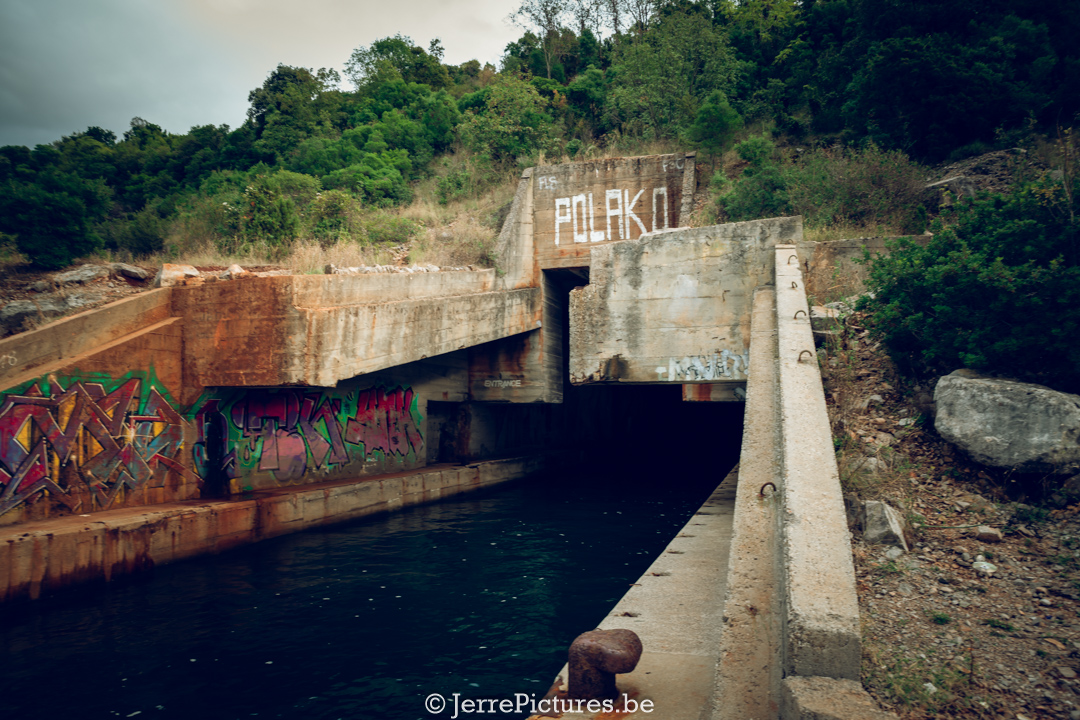
Het behouden van historisch en cultureel erfgoed kan een belangrijk onderdeel zijn van duurzaam toerisme. Door deze gebouwen te integreren in de ontwikkeling van de toeristische sector, kunnen zowel de economie als de cultuur van Montenegro profiteren. Hopelijk zullen toekomstige ontwikkelingen in Montenegro rekening houden met de waarde van deze gebouwen en hun unieke geschiedenis.
In 2009 werden plannen gemaakt om de ontwikkeling van het gebied naar een hoger niveau te tillen. Helaas lijkt het erop dat de verwachte bufferzone van een UNESCO-site niet zal worden gerealiseerd, waardoor het gebied het risico loopt zijn culturele waarde te verliezen. Dit zijn unieke locaties, zoals de Joegoslavische onderwatertunnel, verborgen tunnelsystemen, de kustbatterij van Luštica en de wachthuisjes van Luštica met hun adembenemende uitzicht over de baai. Het is zorgwekkend dat deze historische en culturele schatten op het spel staan en mogelijk worden omgezet in onaantrekkelijke hotelvoorzieningen. Het behoud van deze gebouwen kan een belangrijk onderdeel zijn van duurzaam toerisme, waar economische ontwikkeling hand in hand gaat met respect voor lokale cultuur en geschiedenis. Er wordt gehoopt dat toekomstige ontwikkelingen in het gebied meer rekening zullen houden met de waarde van deze unieke locaties en dat er passende maatregelen worden genomen om hun verlies te voorkomen.
Is dit het dan?
120-year-old fortresses and untouched nature that remained undisturbed for decades will disappear in the coming years.
Many tourists visiting the fortresses and other sights are being chased away in a rather harsh manner. When I noticed a concrete mixer dumping its waste into the sea and nature, which was not intended for me to see, we were almost forcefully expelled. A truly concerning situation.
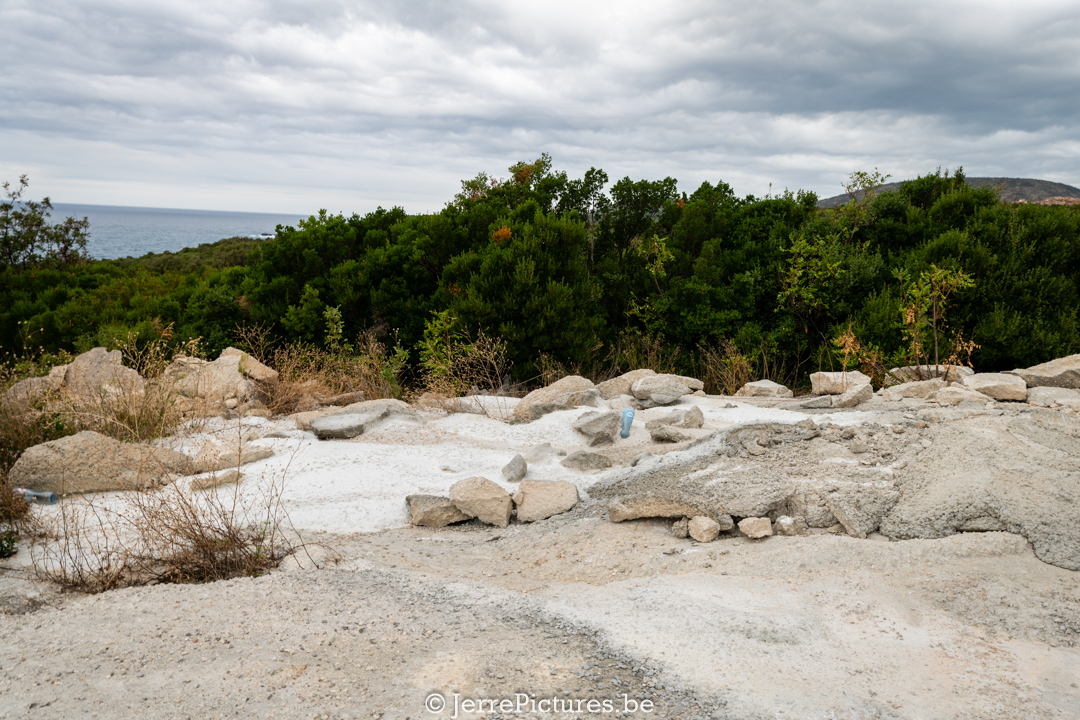
Tijdens onze reis door het land merkten we al snel dat veel kleine hotels en campings gesloten waren vanwege de coronapandemie. Gelukkig hadden we met een landeigenaar afgesproken om op zijn terrein te kamperen, maar de weg naar de locatie was moeilijk te vinden en onbegaanbaar door een zware storm en metershoge struiken die onze weg blokkeerden. Na een omweg te hebben genomen die we op een oude militaire kaart hadden gevonden, parkeerden we onze auto op zijn terrein, ergens verborgen vanaf de weg.
De volgende ochtend werden we verrast door de komst van arbeiders met oude bestelwagens die naar bouwplaatsen werden gebracht. Hoewel we eerder verhalen hadden gehoord van mensen die met wapens werden bedreigd bij het bezoeken van niet-geregistreerde oude locaties, geloofden we deze verhalen niet volledig. Desondanks voelden we ons, met deze verhalen in ons achterhoofd, niet helemaal op ons gemak. Interessant genoeg, bij een van deze locaties waar toeristen/reizigers werden weggejaagd, beweerden de lokale autoriteiten later dat het om een privéfeest ging van een rijke man die de locatie had gehuurd. We betreurden het dat we dat feest, dat blijkbaar een paar jaar duurde, hadden gemist. Ik had er graag bij willen zijn… voor het gratis eten, natuurlijk.
Gelukkig waren er ook plaatsen waar we welkom waren, wetende dat we misschien tot de laatste bezoekers behoorden die op die manier werden ontvangen. Maar het verhaal van betonstorten is alomtegenwoordig langs de kustlijn van Montenegro. Veel onafgewerkte huizen, appartementen en zelfs hotels getuigen van de onstuitbare drang naar beton. Het is triest om te zien dat de prachtige natuurlijke omgeving en historische gebouwen moeten wijken voor de drang naar modernisering.
Het beste voorbeeld is Hotel AS, coördinaten 42°12’24.744″ N 18°55’52.704″ E (klik op de link om enkele foto’s op Google Maps te zien).
Dit hotel werd volgens de lokale bevolking gekocht door een rijke Rus. Maar in 2009 ging het failliet. Toch staat het hotel in 2020 nog steeds onafgewerkt en de bouwkranen staan er nog steeds werkloos bij.
Ik hoop dat de politici hun portemonnee dicht kunnen houden voor steekpenningen om dit land een enorme kans te geven op een gezonde vorm van toerisme, waar cultureel erfgoed, natuur en ecotoerisme echt hand in hand kunnen gaan.
Ik heb je al verteld over de mooiste rustieke plek in Montenegro: village of Rose, onderweg hier naar toe kwamen we dit allemaal tegen.
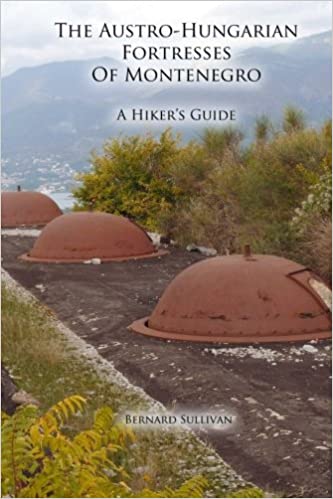
Wil je meer verborgen juweeltjes van het Oostenrijks-Hongaarse Rijk ontdekken?
Via deze link kun je een boek kopen waarin de meest iconische forten zijn opgenomen.
Ik ben opgenomen in het Amazon Influencer Program, en wanneer je via deze link koopt, verdien ik een klein bedrag.
Dit is het ultieme wandelboek voor de Baai van Kotor, waarin 12 geweldige wandelingen en 1 boottocht worden beschreven om 17 iconische forten te bezoeken. Met 240 afbeeldingen en GPS-waypoints is dit de essentiële metgezel voor het bezoeken van forten en ook een fascinerende bron van informatie voor Geocaching-liefhebbers. Dichtbij de Baai van Kotor, het favoriete toeristische gebied van Montenegro, liggen verborgen en bijna onbekende oude forten tussen de omliggende bergen en heuvels, overblijfselen uit de laatste decennia van het Oostenrijks-Hongaarse Rijk, gebouwd om hun enorme militaire haven te verdedigen en de zuidelijkste buitenpost van het rijk te beschermen. Getroffen door aardbevingen, blikseminslagen, de impact van extreem zware regenval en in sommige gevallen beroofd van hun beste handgemaakte stenen, bevinden ze zich in een adembenemend landschap en zijn ze verbonden door even mooi aangelegde stenen paden. Dankzij de gecombineerde vaardigheden van de auteur, een ervaren dagwandelaar en fotograaf, en de hulp van Volker Pachauer van de Universiteit van Graz in Oostenrijk, een erkende expert in de geschiedenis van deze oude structuren en oprichter van de Oostenrijkse Vereniging voor Fortenonderzoek, kunnen degenen met wandelvaardigheden veel van deze verborgen schatten zelf ontdekken en verkennen, en iets leren over hun geschiedenis. Het wordt gehoopt dat het boek een impuls zal geven voor een mogelijk conserveringsproject, de oprichting van een museum met lokale medewerkers, ter viering van de historische Oostenrijks-Hongaarse forten van Montenegro.
klik hier om hem te kopen:
The Austro-Hungarian Fortresses of Montenegro: A Hiker’s Guide

Bronnen en meer informatie:
‘Towards a Healthy Architecture Luštica Peninsula’ door Saša Cvetković
Een scriptie gepresenteerd aan de Universiteit van Waterloo ter vervulling van de scriptievereiste voor de graad Master of Architecture in Architectuur
Waterloo, Ontario, Canada 2006 https://www.collectionscanada.gc.ca/obj/s4/f2/dsk3/OWTU/TC-OWTU-785.pdf
 www.bokanews.me
www.bokanews.me